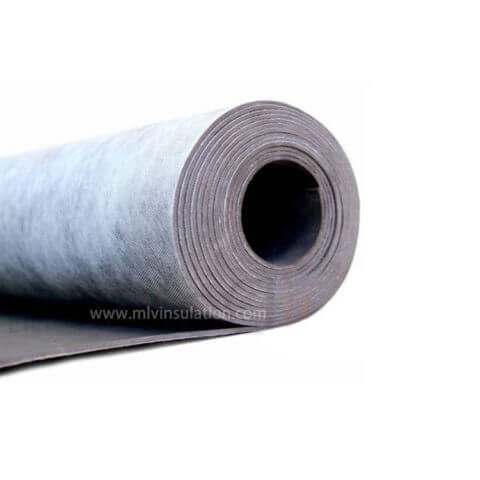Soundproof Mats for Walls | Soundproof Materials
Soundproof Mats for Walls
Soundproof mats for walls are an advanced solution to reduce the noise transmission generated by the flow of people and electronic equipment in multi-storey buildings. It plays a role in suppressing cracks, resisting pressure and providing excellent sole comfort. Unlike natural cork and foam, this reclaimed rubber sound proofing mat will remain elastic forever and will not penetrate into the components. It’s also called MLV.
Whether used as a floating floor or glued to a subfloor, the thin sound proof material has excellent sound insulation effects and can create undisturbed living and working conditions for decades. It all starts with resilience. The soundproof material for walls provides excellent underfoot comfort and can resist permanent stress. When under pressure (such as foot pressure), this sound-proof rubber sound blocking material for walls can deflect the compressive force appropriately, and restore its original shape without pressure. Cork and foam padding products are not elastic and usually compress permanently after one year of use.
Soundproof Mats for Walls Specifications
Size: 1x5m, 1x10m
Color: Black
Thickness: 3mm, 2mm, 1.2mm

The soundproof materials for walls are also suitable for all conventional subfloors and floors. It is easy to install using adhesive or approved rubber bonding adhesive.
What are IIC and STC?
IIC: Impact insulation class
STC: Sound transmission level
Sound insulation between residential areas in multi-family or single-family houses is an important issue in the flooring industry. When evaluating the sound-absorbing properties of the sound proofing mat and sound insulation roll, acoustic consultants, architects/specifiers and others rely on sound testing to define the performance of the floor/ceiling components and determine how well they are sound-insulating with impact and airborne vibration. The North American test methods used for sound evaluation and comparison and the values they produce can be a little confusing and even misleading. The following is an explanation of these sound test methods and their results.
In a controlled environment recognized by the International Building Code (IBC), there are two types of laboratory sound testing for sound vibrations that propagate from one residential area to another: impact insulation class (IIC) and sound transmission class ( STC). IIC measures the resistance to impact sound or structural noise propagation (simulating sidewalks, objects falling on the floor, etc.) to test the ability to block impact sound. STC evaluates the ability of specific building components to reduce aerial sounds such as sound insulation for walls, stereo systems, and televisions. Both tests use standardized noise generating devices in the upper and lower chambers. The decibel measurement is performed at various designated frequencies in the lower chamber. Then use mathematical formulas to combine these readings to create an integer representation of the test. The higher the number, the higher the resistance.




